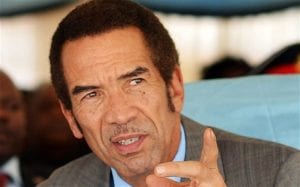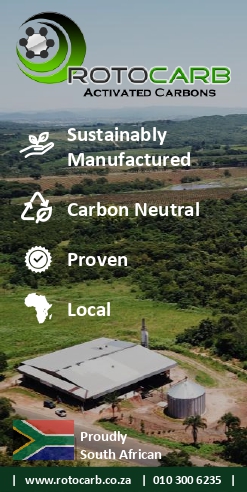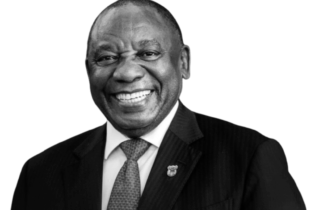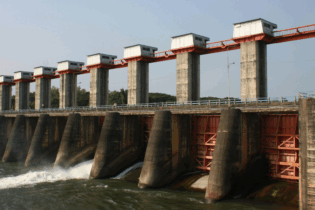Botswana’s president has called on the public to manage water resources carefully as the country continues to face significant water challenges.
President Lt Gen. Seretse Khama Ian Khama said recurring drought was challenging the government’s efforts to maintain water supply security. To address this challenge, he explained that the Water Utilities Corporation (WUC) had introduced water restrictions and rationing in order to reduce water demand. “While we remain on target towards achieving near universal access by 2016, we appreciate the fact that, being a semi-arid country, water shall continue to be a relatively scarce and therefore precious resource,” he added. Khama noted that government had a budget of P470 million Botswana Pula (about R560 million) for drought mitigation projects, including the upgrading and refurbishment of boreholes and the expansion of treatment plant capacity. So far, he said P338 million (about R402 million) worth of projects were at various stages of implementation. According to Khama the government is also working on associated infrastructure for supplying water from the newly built Dikgatlhong, Lotsane and Thune dams.Earlier this year, he said a 75 km water pipeline from Dikgatlhong Dam to Moralane was completed at a cost of P1.3 billion, whilst the North South Carrier 2 pipeline to Palapye was still under construction.








